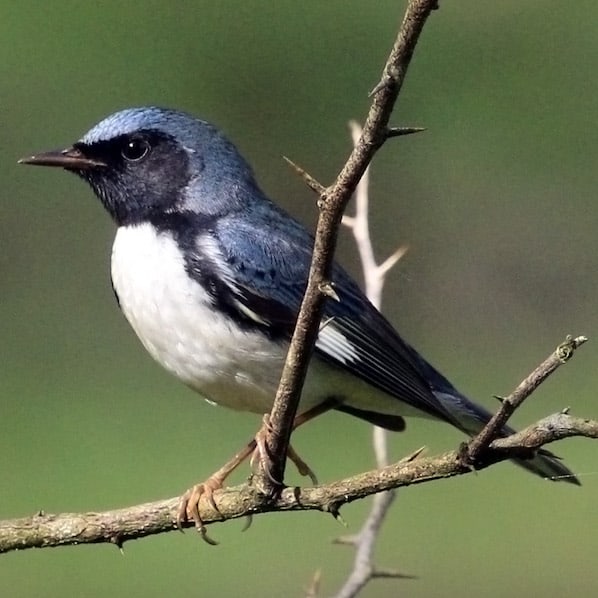Look For
The tricolored heron is a medium heron with a characteristically lithe body and a long, thin neck. It has a bluish-gray back, head, neck, and wings with yellow legs. It has a white strip down the center of its neck and a white belly. During the breeding season it has a distinctive white plumes on the back of its head along with patches of reddish-brown on its upper and lower neck. The tricolored heron was formerly known as the Louisiana heron in the United States before being reclassified.
Listen For
The tricolored heron’s call is a throaty, nasally croaking.
Find It
The tricolored heron lives in most areas along the Atlantic Coast but rarely all the way up north to Maine. It also lives along the Gulf Coast shores of the Deep South and further down into Mexico and Central America, the West Indies, and northern South America. It prefers to stay in areas close to bodies of water, especially ocean shores or further inland in swamps, marshes, lakes, river, salt marshes and estuaries.
Feeding Behavior
The tricolored heron feeds primarily on small fish but also occasionally eats crustaceans, insects, snails, and various other invertebrates. It typically forages by standing or wading in shallow water, moving slowly and sparsely as it hunts. The tricolored heron forages by itself and can be territorial if others try to impede on its feeding ground.
Nesting Behavior
The tricolored herons place their nests together in colonies in a variety of locations depending on their living environment. It is often placed low in trees, among shrubs and thickets, and occasionally on the ground. The female builds the nest with some assistance from the male, constructing a platform of twigs and sticks that are sometimes lined with grasses and other fine plant materials.
The female lays 3 to 4 eggs that are light bluish-green. Both sexes incubate the eggs for 21 to 25 days before hatching. Both parents feed and care for the young before they are able to leave the nest after 3 weeks.




